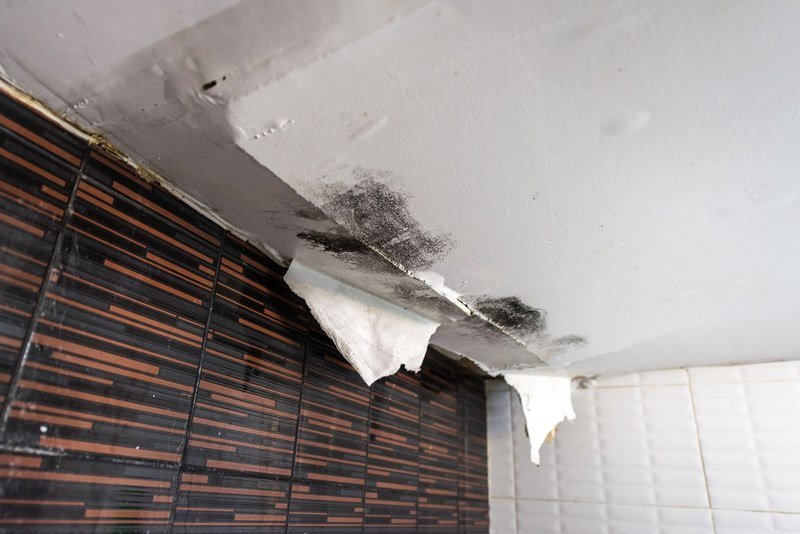Your House's Principal Frequent Causes of Leak Problems: Thorough Investigation
Your House's Principal Frequent Causes of Leak Problems: Thorough Investigation
Blog Article
Just about everyone may have his or her own perception involving How to detect water leaks in your home.

Leaks not just trigger waste of water but can also cause unneeded damage to your home and advertise undesirable natural growth. Sadly, water leakages may go unnoticed since most of the pipework in our house is concealed. By comprehending and also looking for everyday situations that create leaks, you can safeguard your home from future leakages and unneeded damages. Today, we will consider six leakage causes that might be causing your pipes to drip.
Instantaneous temperature modifications.
Severe temperature level changes in our pipelines can create them to broaden and also acquire unexpectedly. This growth and contraction might cause splits in the pipes, particularly if the temperature level are below freezing. If you maintained an eye on just how your plumbing functions, it would certainly be best. The existence of the formerly stated circumstances often suggests a high threat.
Corroded water supply
As time goes by, your plumbing system ages as well as rust such as rust might start gnawing the pipelines. This could be the reason for staining or bending on your pipes. This asks for an examination with your plumber immediately. If our plumbing system is old, take into consideration changing the pipes because they go to a higher threat of corrosion than the more recent versions.
Defective Pipe Joints
Pipeline joints can wear away over time, resulting in water leaks. If you have loud pipes that make ticking or banging sounds, particularly when the warm water is transformed on, your pipeline joints are most likely under a great deal of stress.
Elbowing in origins
The majority of water leaks begin outside your house as opposed to inside it. If you see an unexpected decrease in water pressure, say in your tap, require time to head out as well as analyze your yard. You may observe damp spots or sinkholes in your lawn, which might imply that tree origins are attacking water lines triggering water to leak out. You can have your plumber check for invasion, specifically if you have trees or shrubs near your home.
Poor Water Connectors
At times, a leakage can be triggered by loosened tubes and pipes that provide your home appliances. In case of a water links leak, you may observe water running straight from the supply line or puddles around your home appliances.
Obstructed Drains
Blocked drains pipes could be bothersome as well as inconveniencing, but they can in some cases end up causing an overflow bring about break pipelines. Maintain removing any materials that may decrease your drains pipes that might clog them to prevent such inconveniences.
All the above are reasons for leakages yet not all water leakages result from plumbing leaks; some leakages could come from roofing system leaks. All leaks need to be fixed instantly to stay clear of water damages.
Leakages not just cause waste of water yet can also cause unneeded damage to your home as well as advertise undesirable natural development. By understanding and looking for day-to-day scenarios that cause leakages, you can secure your residence from future leakages and also unnecessary damages. Today, we will look at 6 leakage triggers that may be triggering your pipes to drip.
At times, a leak can be caused by loose hose pipes as well as pipes that supply your devices. In case of a water links leak, you might discover water running directly from the supply line or puddles around your devices.
How To Check For Water Leak In Your Home
How To Check for Leaks
The average household's leaks can account for nearly 10,000 gallons of water wasted every year and ten percent of homes have leaks that waste 90 gallons or more per day. Common types of leaks found in the home are worn toilet flappers, dripping faucets, and other leaking valves. These types of leaks are often easy to fix, requiring only a few tools and hardware that can pay for themselves in water savings. Fixing easily corrected household water leaks can save homeowners about 10 percent on their water bills.
To check for leaks in your home, you first need to determine whether you're wasting water and then identify the source of the leak. Here are some tips for finding leaks:
Take a look at your water usage during a colder month, such as January or February. If a family of four exceeds 12,000 gallons per month, there are serious leaks.
Check your water meter before and after a two-hour period when no water is being used. If the meter changes at all, you probably have a leak.
Identify toilet leaks by placing a drop of food coloring in the toilet tank. If any color shows up in the bowl after 10 minutes, you have a leak. (Be sure to flush immediately after the experiment to avoid staining the tank.)
Examine faucet gaskets and pipe fittings for any water on the outside of the pipe to check for surface leaks.
Undetected water leaks can happen without the home or business owner even realizing. If you suspect a water leak, but not able to find the source. It is time to contact a professional water leak detection service, The Leak Doctor.
How To Find a Water Leak In Your Home
https://www.leakdoctor.com/blog/How-To-Check-For-Water-Leak-In-Your-Home_AE197.html

We were shown that write-up about Common Water Leaks In House through an acquaintance on a different domain. Kindly take the time to distribute this post if you enjoyed it. Bless you for your time. Come back soon.
Plumbing woes? We help. Report this page